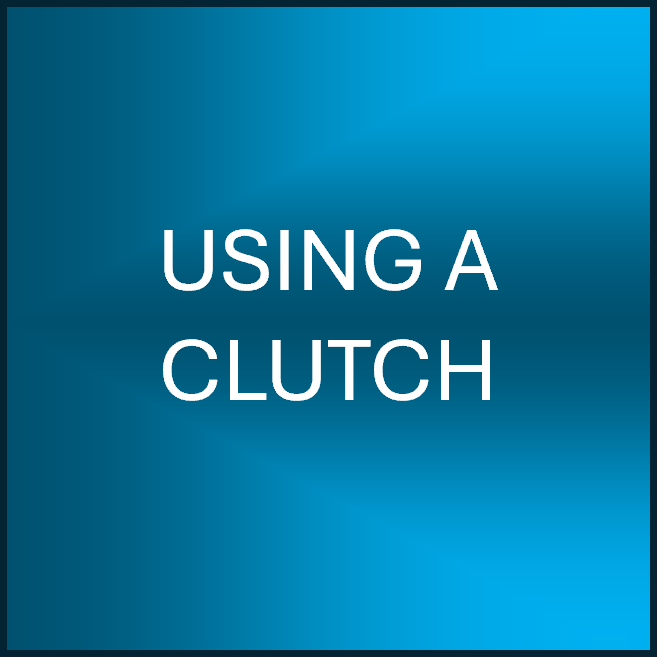
How the Clutch works

How the Clutch works
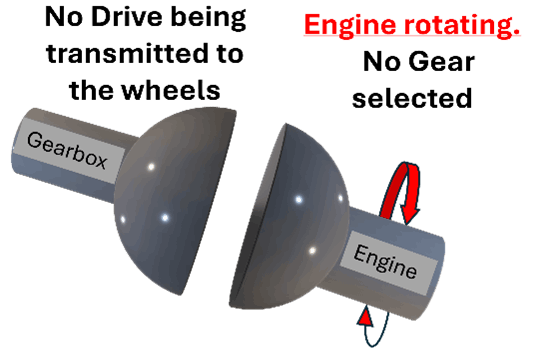
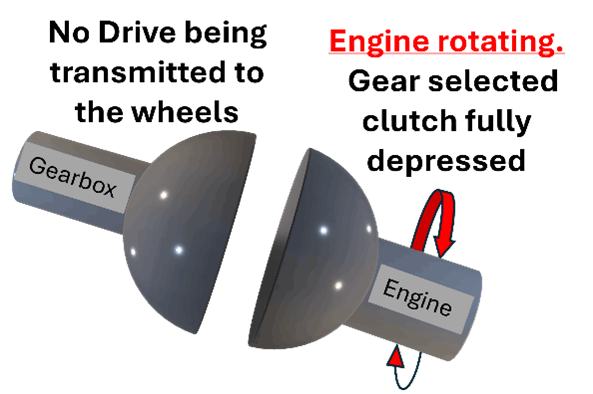
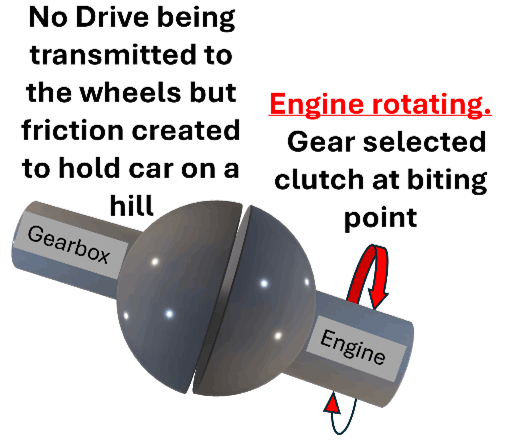
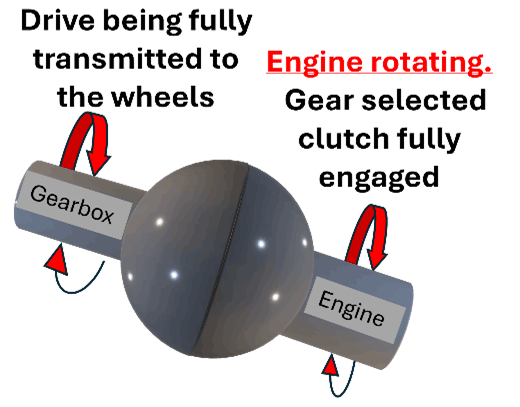
The clutch has no use if there is no gear selected. The engine can rotate but no drive is being supplied to the wheels because no gear is selected
In this image a gear has been selected, but because the clutch has been fully pressed to the floor it is not allowing the motion from the engine to be engaged to the wheels. This is literally the same as the gears being in neutral.
A gear has been selected and the clutch has been raised from the floor to the Biting point. At this stage there is friction being created from the engine and the gearbox but it is not enough friction to drive the wheels. This is the perfect place to set the clutch pedal when waiting to move off or to hold the car on a hill to avoid roll back.
This is when the clutch pedal has been raised high enough and has passed the Biting point which allows full drive from the engine to be distributed into the gearbox giving drive to the wheels.
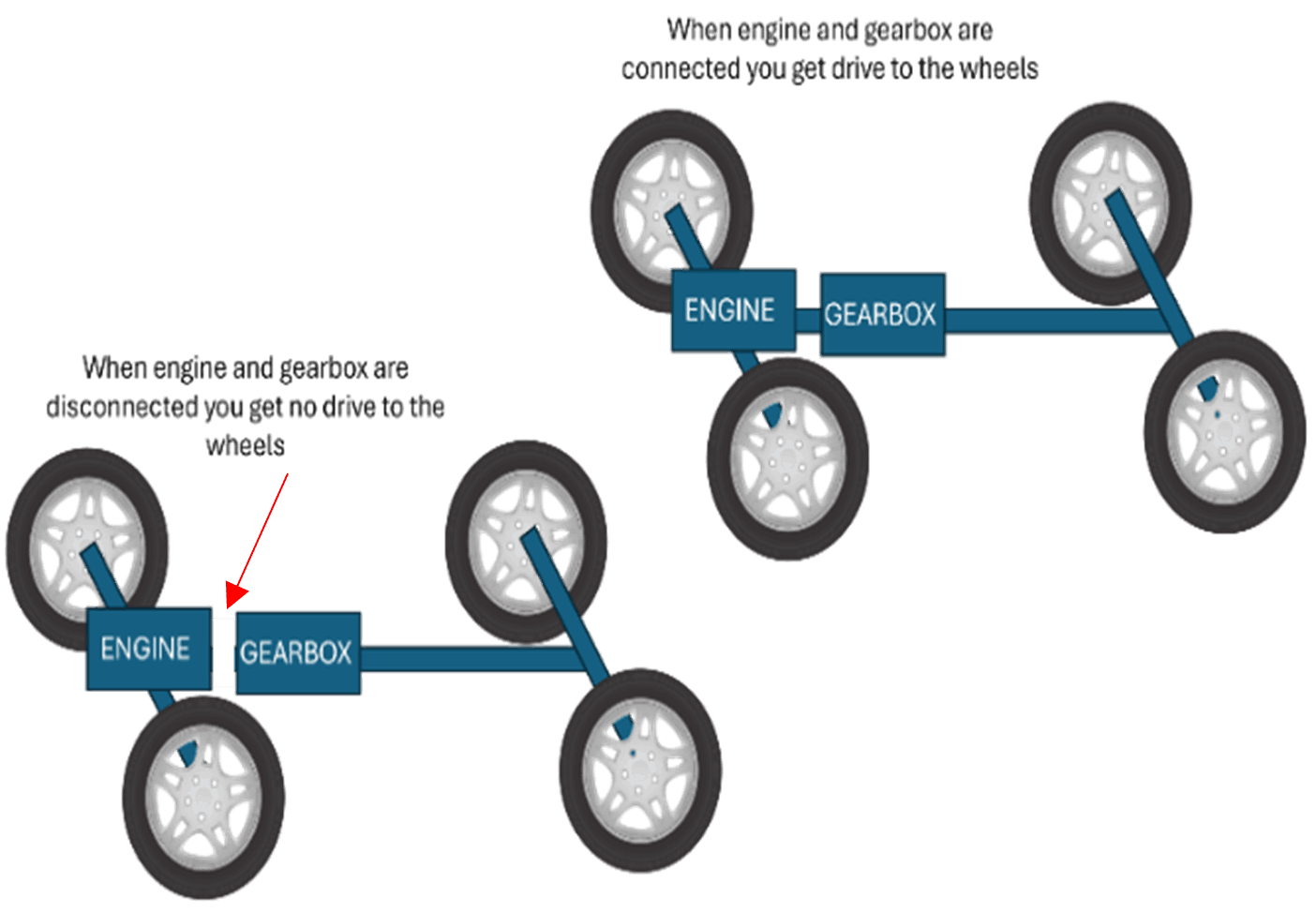
Hopefully you have understood the core principles of how a clutch works and what it's purpose is, which with time and practice you'll be able to use the clutch to allow smooth changes between each gear, hold a car on a hill, and use it to keep the car at extremely slow speed or avoid a stall when coming to a stop.
When changing gear, the best advice is to ensure you remove all the pressure from the accelerator pedal, then depress the clutch pedal fully (the action of depressing the clutch pedal can be carried out fast, you do not need to be slow when pressing down the clutch pedal.
While the pedal is fully down, change to the next required gear, and then raise the clutch again before reapplying the accelerator pedal.
For moving off you need to be gentle coming off the clutch pedal.
When selecting 2nd gear you can come off the clutch a little quicker than you do when moving off, but if you come off too quickly you will get a little bit of a jolt. 3rd, 4th, 5th and 6th do not usually require you to be slow coming off the clutch but we advise a count of 1,2,3 by which time you should be fully off the clutch.
Holding the car on a hill will be by holding the clutch pedal at the Biting Point.
Keeping the car at a very slow speed will be by "riding the clutch" by Riding it we mean remaining in between the Biting point and Transition point.
Avoid a stall when coming to a stop is ensuring the clutch is fully down before the car stops moving.